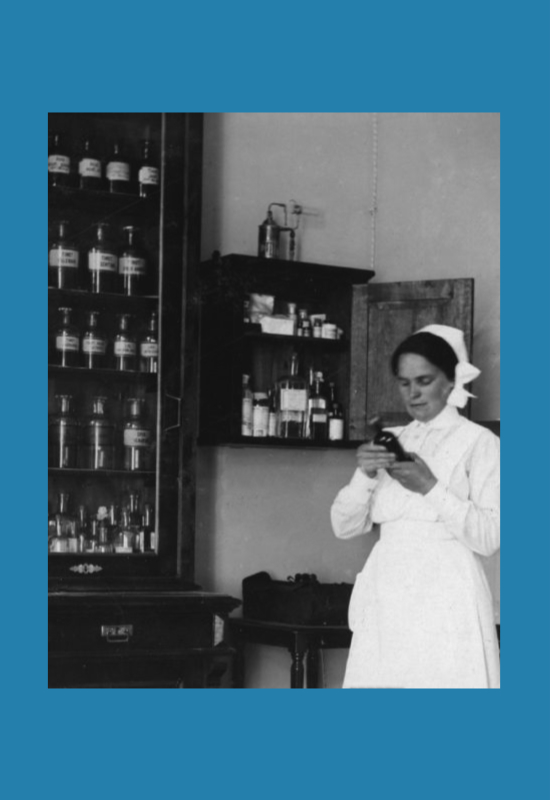Bad Nursing? Workhouse Nurses in England and Finland, 1855–1914
DOI:
https://doi.org/10.25974/enhe2020-2enPalabras clave:
19th Century, Nursing Ethics, Nursing History, Poor Relief, Social Care Work, WorkhouseResumen
This article discusses workhouse nursing in England and Finland by analysing the ways in which local-level poor law records reflect the contemporary understandings of bad nursing. The article shows that in England, the workhouse system was established long before the emergence of the principles of medical nursing in the 1850s, which is why the evolution of workhouse nursing is long and versatile. In Finland, by contrast, these two developed simultaneously at the turn of the nineteenth and twentieth centuries, which explains the attempts to combine professional nursing with workhouse management from the beginning. Local-level records show that in both countries the definition of ‘good nursing’ and ‘bad nursing’ – in other words the expectations associated with a nurse’s duties and her ethical principles – changed over time as nursing became more medicalised and professionalised. However, the local poor relief agents were often slow to adopt new ideals and practices, and instead tended to stick to their own understandings of nursing. Both in England and Finland pauper nurses remained a common phenomenon well into the twentieth century.Descargas
Publicado
2020-06-15
Número
Sección
Themed Section
Licencia
Derechos de autor 2020 European Journal for Nursing History and Ethics

Esta obra está bajo una licencia internacional Creative Commons Atribución-SinDerivadas 4.0.






